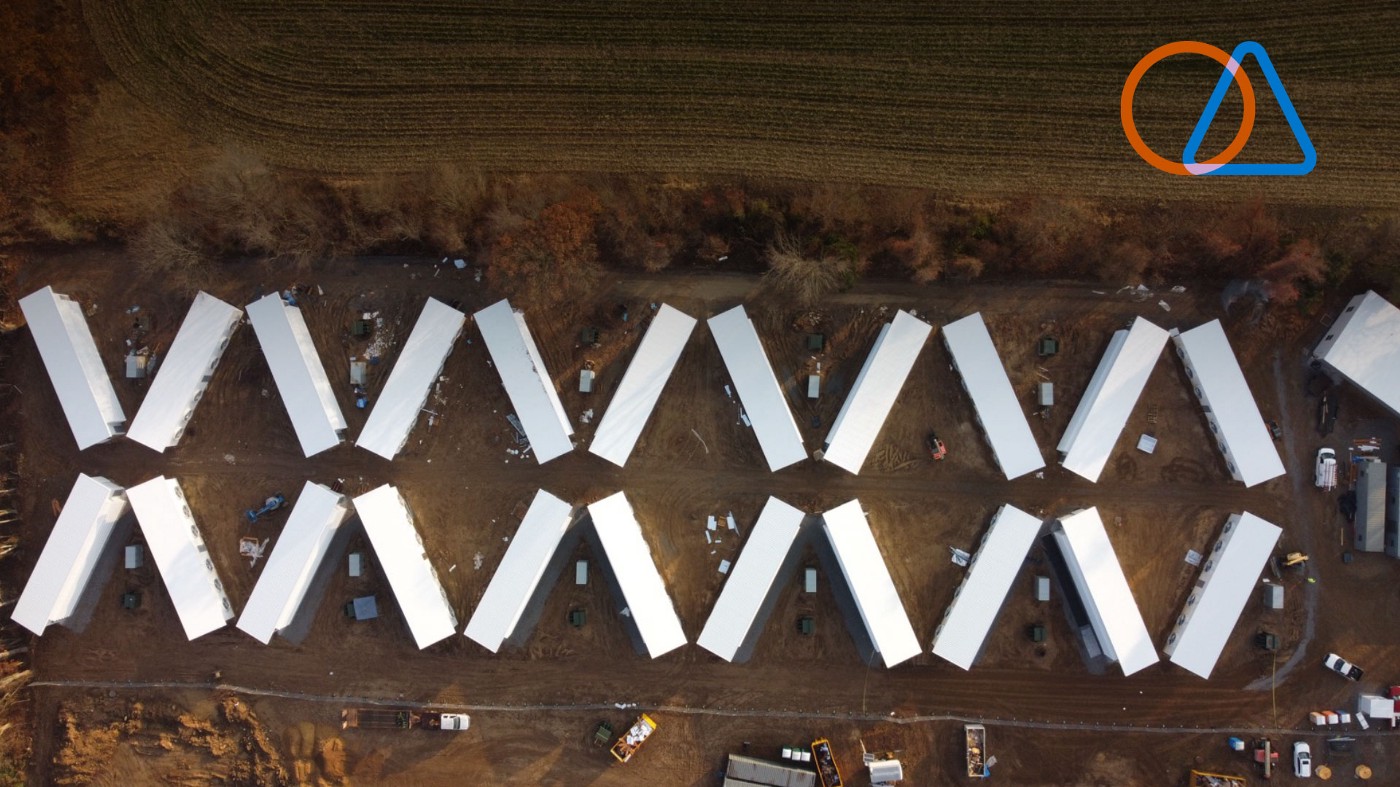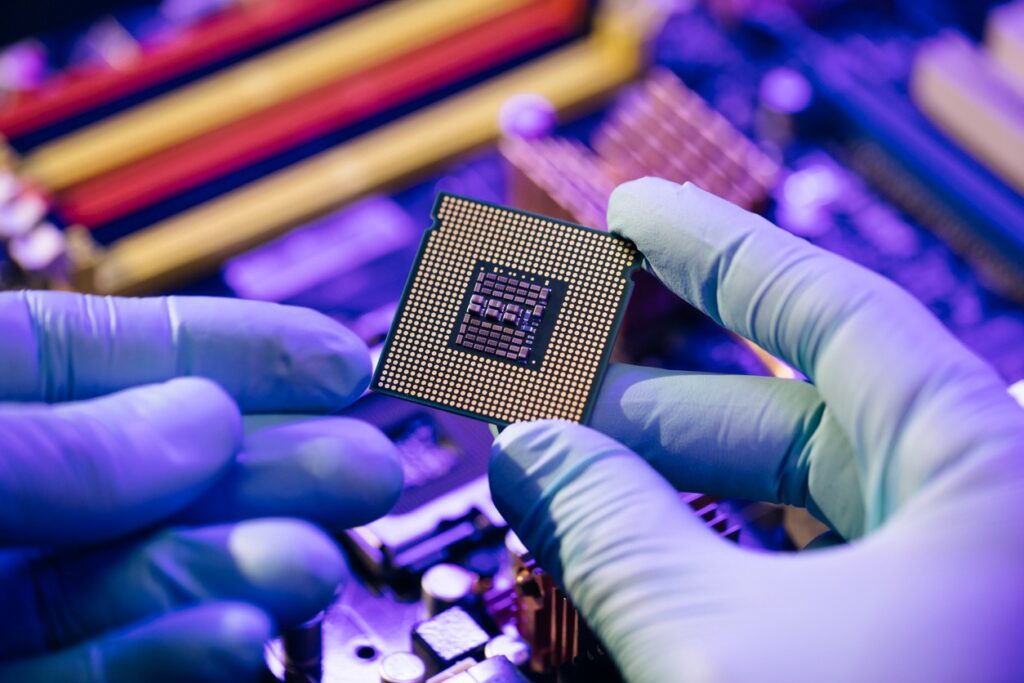by Nicola Phillips, Copywriter
We’re revolutionizing the data center.
Traditional data centers are monoliths that use heavy-duty generators to keep systems running 99.999% of the time. They need enormous internet bandwidth (and sufficient backup) to power real-time data processing and use tons of energy just to keep the building cool. The result is an enormous strain on the power grid.
In our model, data centers are compact, modular, deployable, and efficient. They operate in service to the grid rather than as a drain on it.
Soluna builds flexible data centers.

How do we do this?
We operate facilities that run batch processing.
The key takeaways on batch vs. stream processing are:
Batch processing:
- Ideal for large data sets that are repetitive.
- Computation-heavy but not time-sensitive.
Stream processing:
- Ideal for data sets that need to be processed in real-time.
- Time-sensitive but not computation-heavy.
Batch processing allows you to pause and resume operations at will without disrupting the efficacy of the process. Removing the real-time requirement has two significant implications.
If you don’t need the results in real-time, you no longer need a powerful internet connection or access to a persistent, abundant power supply.
Let’s talk about the internet first. A good internet connection means both fast (broadband) and reliable (bandwidth). The map below gives an idea of broadband disparity across the U.S. alone:
The dark blue counties on the map are where less than 15% of the population is on broadband. To be clear, a lot of the gray counties aren’t much better; in many, still, less than half the population is on broadband. The U.S. has a big problem when it comes to internet access.
Traditional data centers live at the intersection of multiple high-speed internet backbones. For these operations, you don’t just need powerful internet — you need a lot of redundant back-ups as well.
But without needing great broadband and bandwidth, you can set up shop basically anywhere you want.
Where do you put a data center when the world is your oyster? You bring it to the source of the energy, of course.
This brings us to the issue of persistent, abundant energy. If you no longer need the guarantee of energy supply 24/7, you can operate a facility off of the intermittent energy of renewables.
Our solution is a flexible load because we can consume exactly the amount of excess energy that power plant operators can’t sell back to the grid. Zero waste.
A flexible load creates a symbiotic relationship with the power plant. Our facilities are 100% green and they can ramp energy consumption up and down in minutes based on demand.
So, what do these data centers look like?
Well, our blueprint was a shipping container. Instead of building a monolithic facility from the ground up, we could plop our facility down on-site ready to run.
We workshopped this model to come up with our current buildings called MDCs (modular data centers).
Think of Lego blocks. Every building on one of our sites is like a single Lego block. You start small, with a single block, but you can grow as big as you want. As a site scales, you put down more blocks.
Modular also means easily deployable. Traditional data centers take between several months and several years to build. They are massive, stretching over heaps of land, and are incredibly expensive to build and run. Our data centers are up and running in 6 months (and cost 1/10th of the price of traditional data centers).

Our data centers are powerfully compact. A 3-acre parcel can power a 25 MW facility. We have a small physical footprint but are able to run complex computations. Using the Lego model, our facilities scale easily to 100+ MW.
We co-locate our data centers with the plants that supply our energy. We operate our facilities behind the meter, which means the energy doesn’t have to travel anywhere; it gets used right on site. Wind turbines co-exist with computer hardware.
Everything is designed with efficiency in mind. We have a specialized air cooling system that makes our thermodynamics ultra-efficient. So the majority of energy directed to our facilities goes to computing.
We build flexible data centers that allow power plant operators to sell all the excess renewable energy they generate.




